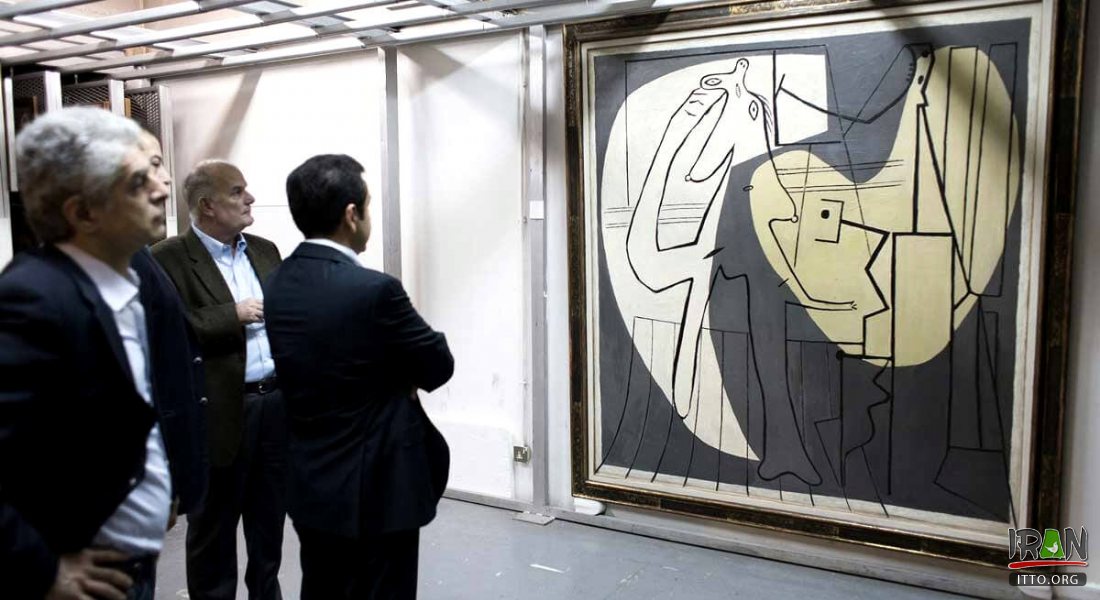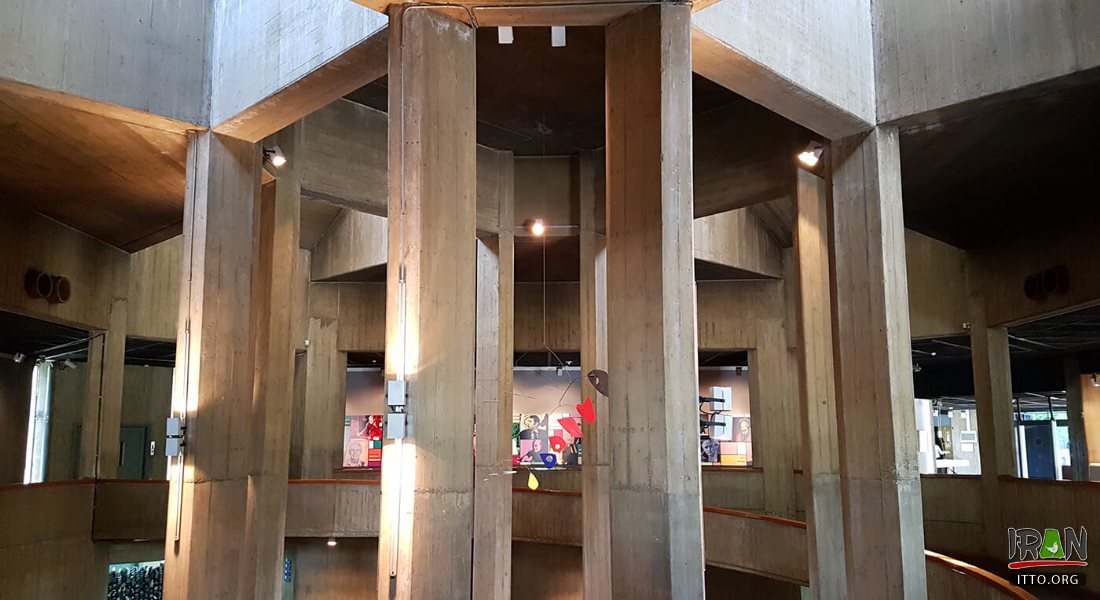This museum was inaugurated in the year 1977. It is located in North Kargar Avenue, adjoining the Laleh Park. This three storeyed museum has 9 art galleries displaying the affects of many reputed foreign artists. It includes a library and an audio-visual section. In the statue garden of the museum, a collection of statues and pieces of art works, as well as marvelous creations of contemporary foreign and Iranian sculptures can be observed.
According to Farah Pahlavi, the former Empress of Iran, the idea for this museum happened when she was in conversation with artist Iran Darroudi during a gallery opening in the 1970s and Darroudi mentioned she wished there was a place to show work more permanently. The Tehran Museum of Contemporary Art museum was suppose to be a place to show contemporary and modern Iranian artist along side with other international artists doing similar work.

In a striking concrete modernist building on the western side of Park-e Laleh, this museum's impressive collection boasts works by Picasso, Matisse, Van Gogh, Miró, Dalí, Bacon, Pollock, Monet, Munch, Moore and Warhol, among many others.
The museum was designed by Iranian architect and cousin of the queen, Kamran Diba, who employed elements from traditional Persian architecture. It was built adjacent to Laleh Park, Tehran, and was inaugurated in 1977. The building itself can be regarded as an example of contemporary art, in a style of an underground New York Guggenheim Museum. Most of the museum area is located underground with a circular walkway that spirals downwards with galleries branching outwards. Western sculptures by artists such as Ernst, Giacometti, Magritte and Moore can be found in the museum's gardens.
The selection of the art was done under Farah Pahlavi and the budget was from the National Iranian Oil Company. Pahlavi personally met many of the artists who's work was part of the museum collection, including the Western artists; Marc Chagall, Salvador Dali, Henry Moore, Paul Jenkins, Arnaldo Pomodoro. Some people involved in the process of selecting art included two were Americans, Donna Stein and David Galloway, Kamran Diba, the architect and director of the museum, and Karimpasha Bahadori, who was the chief of staff of the cabinet.
After the Iranian Revolution in 1979, the Western art was stored away in the museums vault until 1999 when the first post-revolution exhibition was held of western art showing artists such as Hockney, Lichtenstein, Rauschenburg and Andy Warhol. Now pieces of the Western art collection are shown for a few weeks every year but due to the current conservative nature of the Iranian establishment, most pieces will never be shown.

The Museum was designed by one of the famous Iranian architects known as Kamran Diba. He was inspired by the traditional Persian architecture, philosophical concepts, and modern elements. While, the exterior design of the museum represents the traditional wind catchers of Iran, the interior design of the museum resembles the modern Guggenheim Museum in New York.
It is considered to have the most valuable collection of Western modern art outside Europe and the United States, a collection largely assembled by founding curators David Galloway and Donna Stein under the patronage of Farah Pahlavi. It is said that there is approximately £2.5 billion worth of modern art held at the museum. The museum hosts a revolving program of exhibitions and occasionally organizes exhibitions by local artists.




